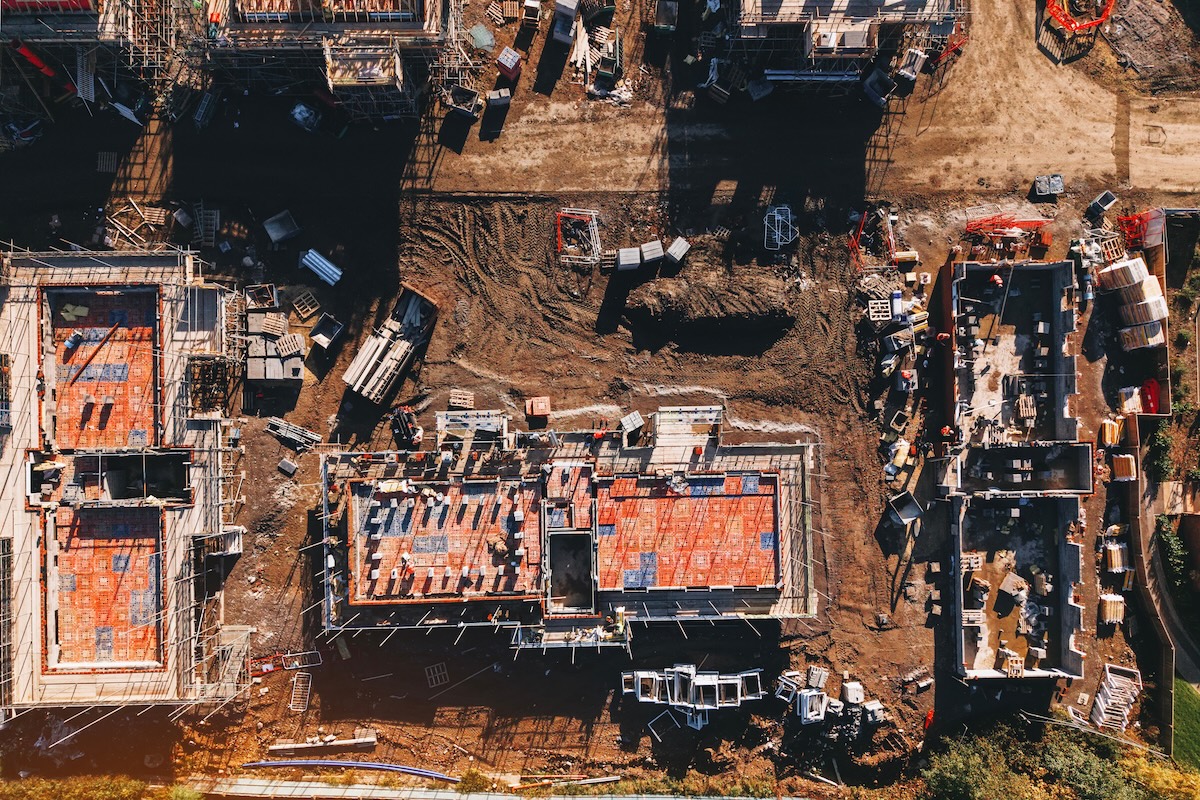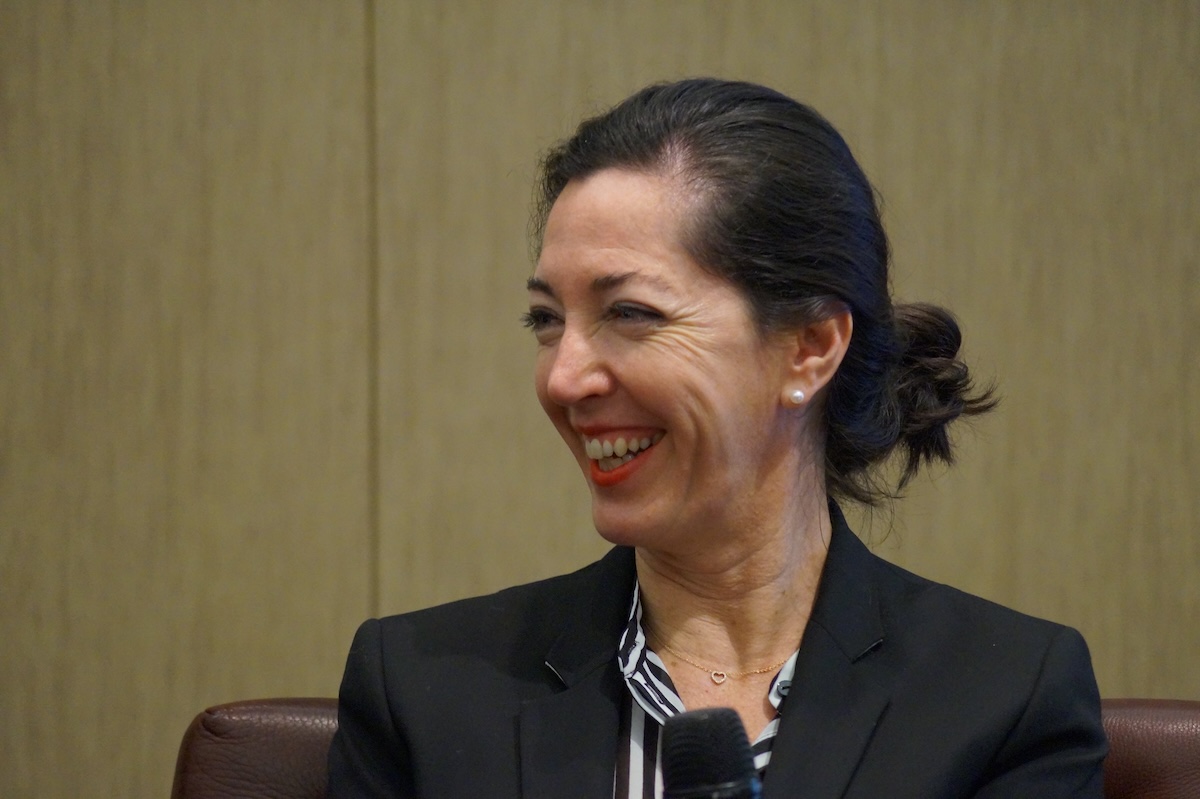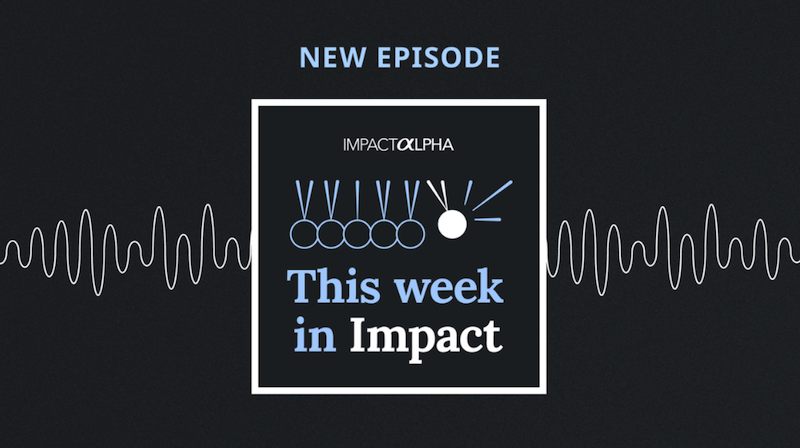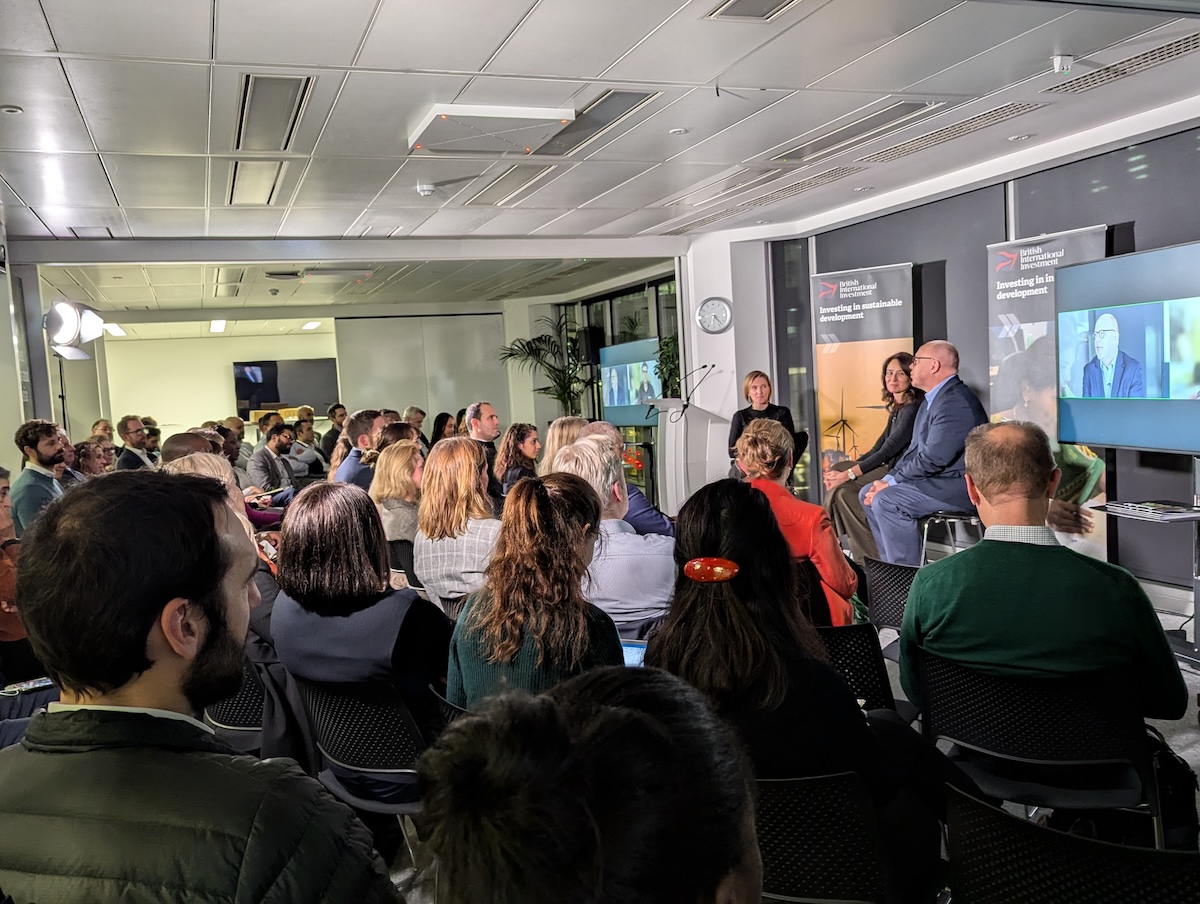ImpactAlpha, Dec. 15 – Catalytic capital is always ‘impact on.’ That intention has rarely been more important than this year, when investors able to accept higher risks or lower returns in order to realize positive social impact were called on to help quickly structure private capital for public good.
And it will rarely be more important than next year, as the world rallies to recover from COVID-19, takes the fight to climate change and gets serious about overcoming the legacy of systemic racism. Catalytic capital, relatively rare in the marketplace, is essential to the provisioning of solutions purely commercial investors are not able to back.
That ability to provision funds, facilities and enterprises for deep impact is the comparative advantage of catalytic investors. They are getting opportunities to expand lending to smallholder farmers and other small businesses in emerging markets, provide access to business capital for Black and Brown entrepreneurs in the U.S., and extend risk capital for very early, and very promising, climate technologies.
Such flexibility and foresight is winning catalytic investors new respect. Instead of being disparaged for ‘concessionary’ or ‘below-market’ investments, catalytic investors are being courted as the innovative, committed, essential linchpins of many deals.
This year, catalytic capital stepped up as a strategy for flexible and rapid response deployment of funds. Catalytic investors anchored a range of initiatives to finance hard-to-reach small businesses hit hard by the pandemic. They placed bets on new fund managers and emerging investment strategies. And they took on additional risk to bring additional investors into transactions. Several catalytic investment strategies decades in the making became proof points, from off-grid solar in sub-Saharan Africa to the mRNA biotech platforms used in multiple COVID vaccine efforts.
What we’ll be watching for in 2021: Catalytic investors are often early to markets underserved and overlooked by conventional investors. In 2021, we’re watching for where catalytic investors will go deeper for impact to deliver more proof points of what’s possible with more intentional investing strategies.
Catalytic investors like the MacArthur Foundation, the family office Ceniarth and the U.K’s CDC Group are on the hunt for new capital gaps to close (Disclosure: MacArthur Foundation, as part of the Catalytic Capital Consortium, is a sponsor of ImpactAlpha’s catalytic capital coverage).
The upshot: A movement of investors driving flexible, responsive capital to marginalized communities and underappreciated sectors are clamoring to outperform – on impact. Take a spin through ImpactAlpha’s 2020 catalytic capital coverage.
Proof points. Catalytic investment strategies sometimes take years, or even decades, to prove out. This year brought many.
- mRNA platform. A portfolio of Gates Foundation investments in private biotech companies with mRNA platforms helped lay the groundwork for the rapid development of the COVID vaccine.
- African commercial solar. CrossBoundary Energy blended a first-loss recoverable grant from USAID’s Power Africa initiative with capital from Blue Haven Initiative, Ceniarth, Slocum Investments, Treehouse Investments and others to unlock financing for rooftop solar for commercial and industrial users.
- Community development finance. Grown for decades with long-term, low-interest foundation program-related investments, CDFIs like LISC and Community Reinvestment Fund became a financial lifeline for small businesses and nonprofits in low-income, rural and minority communities.
- Electric vehicles. Tesla became the world’s most valuable transportation company in 2020. A decade ago, the electric vehicle maker received an investment from an impact fund, the Bay Area Equity Fund, backed by Ford, MacArthur, Annie E. Casey and F.B. Heron foundations with program-related investments. The Bay Area Equity Fund later spun out of JP Morgan to become DBL Partners.
- Refugee solutions. Grant capital from a handful of family offices, private foundations and the USA for UNHCR helped Kiva extend no-interest loans to microfinance institutions to pilot refugee lending programs. The pilots dispelled risk concerns; lenders learned refugees repay at the same rate as non-refugees.
New deals to close old gaps. Investors of catalytic capital are anchoring first-time funds and fund managers, providing smart subsidies for high-risk lending and extending affordable funding to social ventures.
- Anchoring funds. MacArthur Foundation, as part of the Catalytic Capital Consortium, seeded a series of funds filling unique capital gaps, including the Women in Safe Homes fund, Acumen’s ALIVE (Latin American social ventures), Impact America’s second fund (solutions to structural racism), One Acre Fund (smallholder farmers) and Prime Impact Fund (early climate tech). To get more capital to entrepreneurs of color, LISC backed first-time fund manager Fearless Fund.
- Smart subsidies. A financing model from Aceli Africa aims to turn tens of millions of dollars in donor capital into hundreds of millions in lending by mitigating risks and boosting the returns for lenders to the least-served and most impactful African agribusinesses.
- Cheap capital. Nesta’s £20 million ($25.6 million) Arts & Culture Impact Fund, raised from a mix of public, philanthropic and private investors, will make affordable and flexible loans of up to £1 million to arts and heritage organizations, theaters, museums, comedy clubs, music venues and libraries.
Flexible, rapid COVID responses. Catalytic tools and strategies proved efficient in opening up emerging channels for small businesses overlooked by government relief programs.
- Flexible terms. Impact investors from RSF Social Finance to JFF to the Kellogg Foundation and the California Endowment stood by their portfolio companies with flexible terms, quick action and emergency capital.
- Capitalizing community banks. Family offices Ceniarth, Candide Group and Money in Motion extended zero-interest loans and deposits at rural community development financial institutions.
- Bridge loans. Open Road Alliance’s short-term bridge loans to dependable social enterprises were essential to plugging gaps created by the pandemic. Capital Good Fund made more than 800 consumer loans to families in a half-dozen states to pay for rent, utilities, food, and technology to help their kids study at home.
- Taking risk. French bank Societe Generale and U.K. development finance institution CDC launched a $100 million facility to encourage local banks in Africa to increase lending to local businesses importing essential goods.
- Systemic liquidity. Development finance institutions made more than $12 billion in trade finance other forms of invoice or inventory-backed working capital financing available to emerging market businesses during the early part of the COVID crisis.
- Stacking capital. Calvert Impact Capital and Community Reinvestment Fund designed a $100 million loan fund for New York that included small first-loss reserves from New York’s Empire State Development and Homes & Community Renewal and a layer of subordinate, or junior, debt from the Ford Foundation, the Ralph C. Wilson, Jr Foundation and the BlackRock Charitable Fund. California launched a similar fund.












